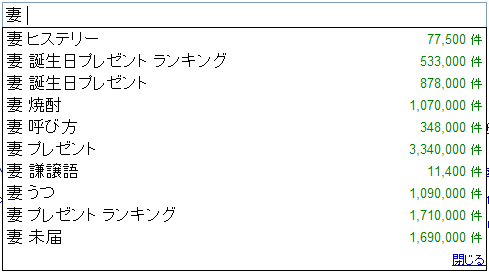Exhibit 1. Michelle Malkin’s blog (hat tip to Adamu):
Fully one-quarter of the space on this year’s [U.S. Census] form is taken up with questions of race and ethnicity, which are clearly illegitimate and none of the government’s business (despite the New York Times’ assurances to the contrary on today’s editorial page). So until we succeed in building the needed wall of separation between race and state, I have a proposal.
Question 9 on the census form asks “What is Person 1’s race?” (and so on, for other members of the household). My initial impulse was simply to misidentify my race so as to throw a monkey wrench into the statistics; I had fun doing this on the personal-information form my college required every semester, where I was a Puerto Rican Muslim one semester, and a Samoan Buddhist the next. But lying in this constitutionally mandated process is wrong. Really — don’t do it.
Instead, we should answer Question 9 by checking the last option — “Some other race” — and writing in “American.” It’s a truthful answer but at the same time is a way for ordinary citizens to express their rejection of unconstitutional racial classification schemes. In fact, “American” was the plurality ancestry selection for respondents to the 2000 census in four states and several hundred counties.
Exhibit 2. The Rapporteur of the United Nations Committee on the Elimination of Racial Discrimination, to the Japanese government (thanks to Debito for putting the transcript online):
The report and [the government’s] responses contain many statistics including figures disaggregated by citizenship, nationality, but paragraph 4 of the report says that ethnic breakdown for Japan is not readily available, Japan does not conduct population surveys from an ethnic viewpoint.
I must say this has caused the rapporteur some heartache in the sense of trying to get a grip on relevant figures. For example, in relation to Koreans, you say that 600,000 approximately, that’s just round up those numbers, foreigners who are Koreans; 400,000 of which are special permanent residents, but there is also a figure of some 320,000 naturalizations that I have come across, and in recent years up to 2008, so we are actually talking about a million, something roughly around a million Koreans and Korean descent.
The committee often asks for statistics; we understand the difficulties that states may have for various reasons including reasons to do with privacy and anonymity and so on, not wanting to pigeonhole people in certain ethnic categories, but it can be tremendously helpful I think and also in many cases necessary to get a grasp of the situation by understanding its dimensions and if an ethnic question can’t be asked in a direct way in a census, we often encourage states to find creative ways around this, including things like use of languages we recommended to other states from time to time; social surveys, etc., and a number of other methods that are…this is essentially designed not simply to help the committee – that’s not the point – but to help the state, I think to understand the dimensions of a particular question, and enable them to focus their policy more appropriately.
“Race” in terms of black and white is a pretty silly idea, but there is something to be said about monitoring statistics on ethnic origin, as opposed to the Japanese government approach of looking at registered nationality alone (that is, when they choose to count foreign nationals at all). Of course, when the world is full of hot-heads on both sides of the political fence, it’s hard to reach a compromise that anyone will like.





